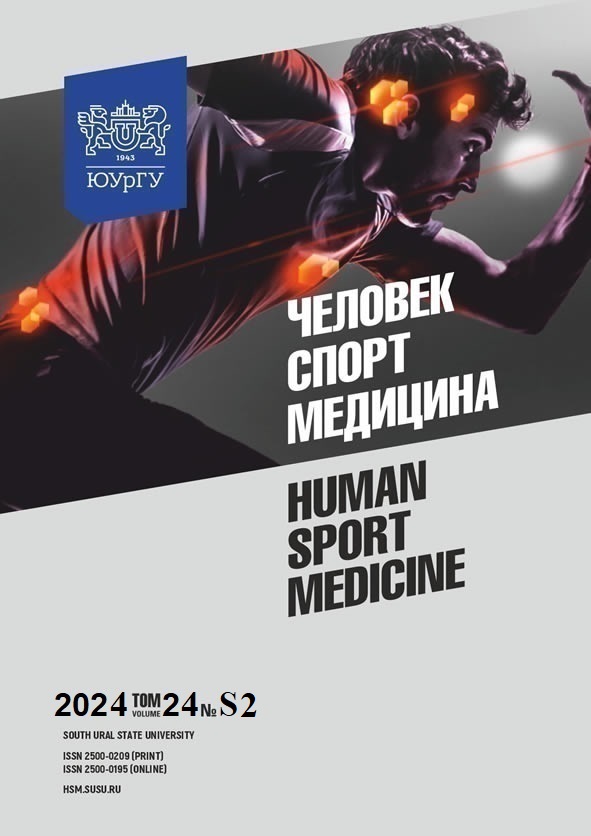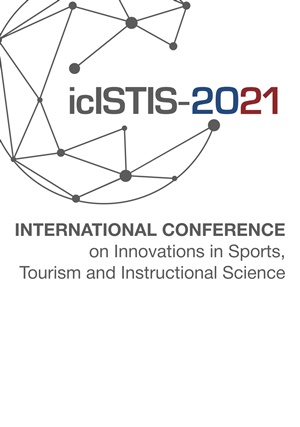ENHANCING COORDINATION ABILITIES IN GIRLS 9–10 YEARS OLD THROUGH RHYTHMIC GYMNASTICS
Abstract
Aim. This paper aims to develop and evaluate a methodology for enhancing coordination abilities in girls aged 9–10 years participating in initial rhythmic gymnastics training. Materials and methods. A pedagogical experiment was conducted over a period of six months (September 15, 2021 to March 10, 2022), involving 20 gymnasts aged 9–10 years. An experimental technique consisting of specially designed physical activities was introduced into the educational and training process. These physical activities enhance coordination abilities, including dynamic and static balance, rhythmic abilities, spatial orientation, movement coordination, and adaptability to changing environments. Results. Our analysis revealed significant positive effects of the experimental technique on several aspects of coordination development. Notably, substantial improvements were observed in students’ ability to orient themselves in space relative to moving objects, maintain static balance, and perceive rhythm. Moderate enhancements were observed in dynamic balance and movement coordination. The technique demonstrated some impact on the ability to adapt to changing environments. Conclusion. This study provides empirical evidence supporting the effectiveness of the developed methodology in enhancing coordination abilities among young gymnasts at the initial stage of training.
References
References on translit
Copyright (c) 2025 Human. Sport. Medicine

This work is licensed under a Creative Commons Attribution-NonCommercial-NoDerivatives 4.0 International License.















